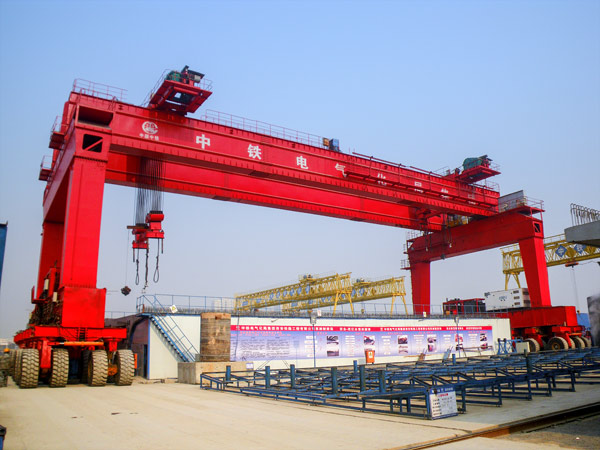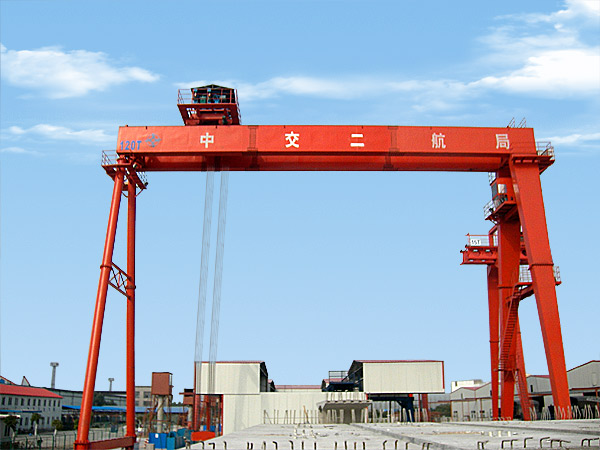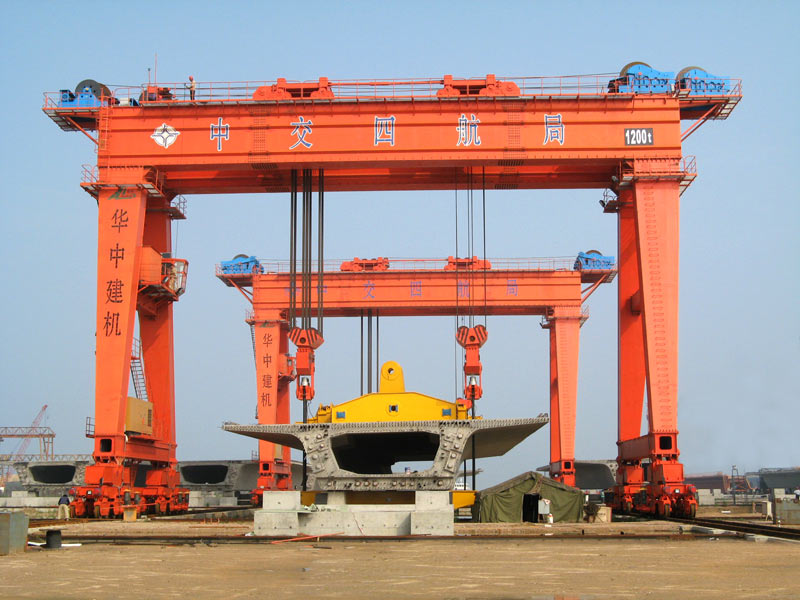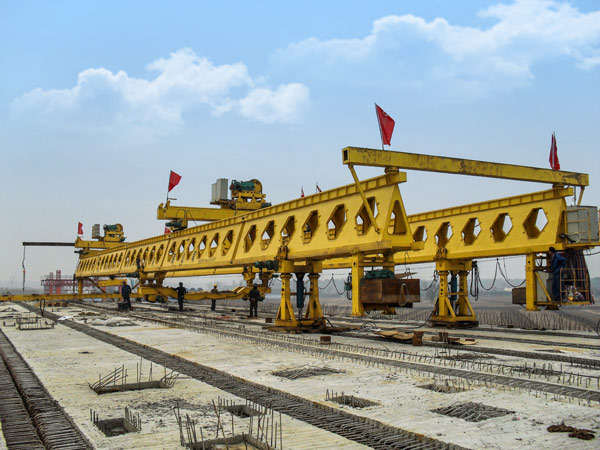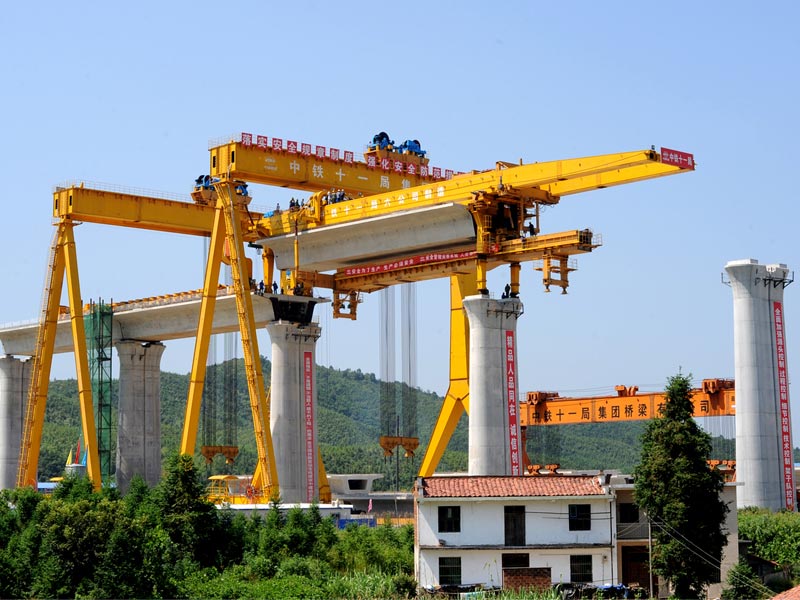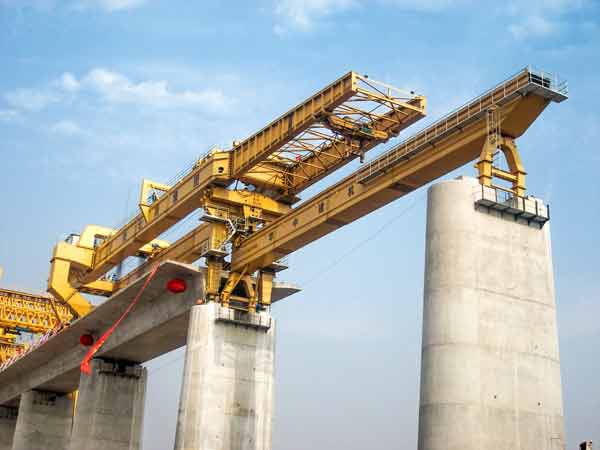What ‘re operation procedures of the overhead crane(PART I)
The overhead crane is a hoisting machinery for lifting a variety of objects which is hung on the above space of the workshop, warehouse or the open yard. It is usually referred to the EOT crane too. The following is a summary on the safety operation of the overhead crane.
1, The requirements for the driver
a, Steady. In the operating process, the driver must guarantee the smooth starting and braking, also the hook, spreader and hoisted objects not traveled swing.
b, Precise. Besides the stable operation, the hook, spreader and hoisted objects should be stopped and fell exactly above the specified position.
c, Fast. Based on the steady and precise, coordinating the relevant mechanism action to shorten the cycle time and further guarantee that the crane can work continuously to improve production efficiency.
d, Safety. Ensure that the crane can reliable and effective operation in good condition. In the operation process, strictly implement the crane safety technical regulations. Try the best to avoid any personnel and equipment accidents.
e, Reasonable. Besides understanding and grasping the crane performance and electrical motor characteristics, properly operate the controller and make it reasonable according to the specific situation of hung objects.
2, The drivers’ responsibility before working
a, Strictly abide by the shift system. Learn the machine status through asking for the personnel or referring to the records while 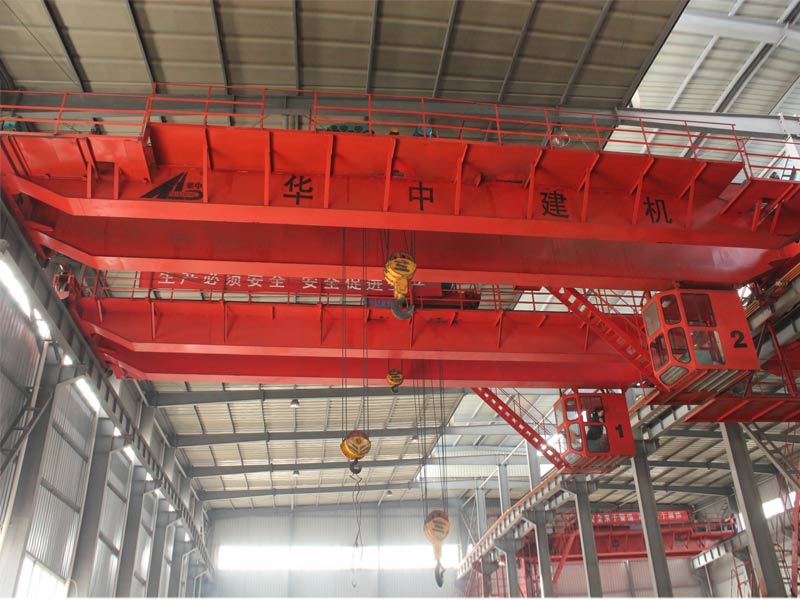 making the shift.
making the shift.
b, Before driving the machine, it should check the mechanical parts, electrical components and protective safety device carefully to ensure that they are in good status and reliable. After identifying everything is normal, turn on the power switch. Do the empty load commissioning several time to check the reliability and sensitivity of safety interlock switch and action limit switch. If the controller, braking system, limit switch, bell, emergency switch and other major attachments fail to work, prohibit lifting operation and record in the inspection sheet.
3, The drivers’ responsibility in the operating process
A, Strictly obey the command of the signalman. No matter who issues an emergency stop signal, stop the machine immediately.
B, The driver should send a warning signal in the following case:
a, While the machine is about to starting or have started.
b, While the crane is approaching the other cranes in the same rail.
c, While the machine is lifting or falling the objects.
d, While the crane is close the staff on the ground in the hoisting process.
e, While the machine is working above the lifting channel.
f, While the crane occur malfunctions in the hoisting process.
C, Reduce the speed and make it slowly when the hoisting object is close the winch limit device, the crane or the trolley is approaching the ends, or the crane travels close to the nearby crane. Not allowed to braking with the reverse traveling, not allowed to use the stopper as a means of shutting off the power to stop the machine, not allowed to use the emergency switch instead of the ordinary switch.


